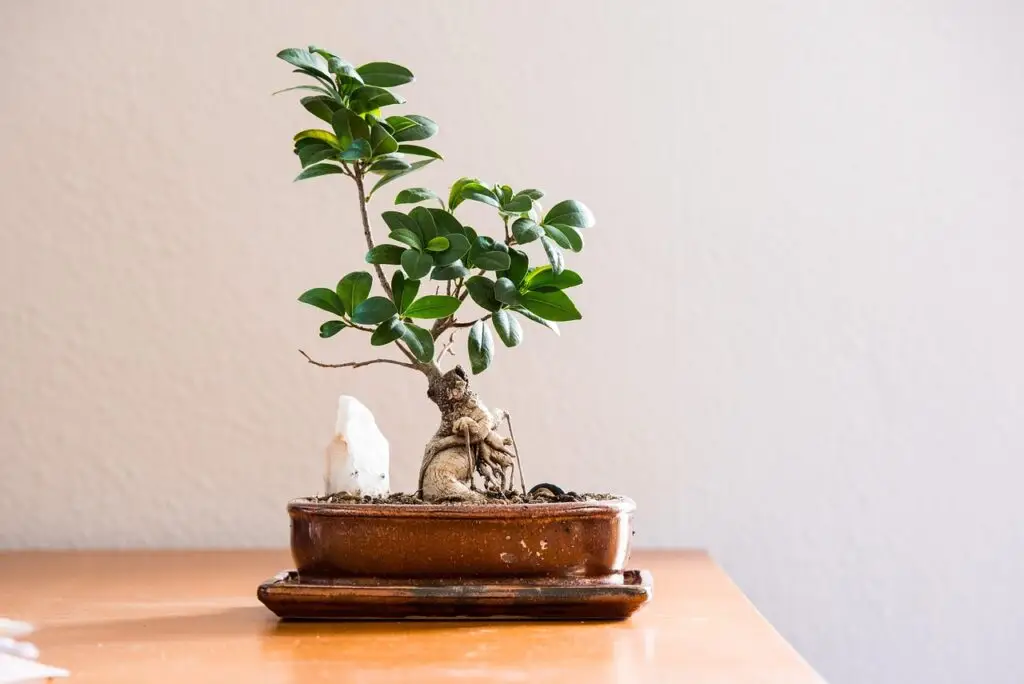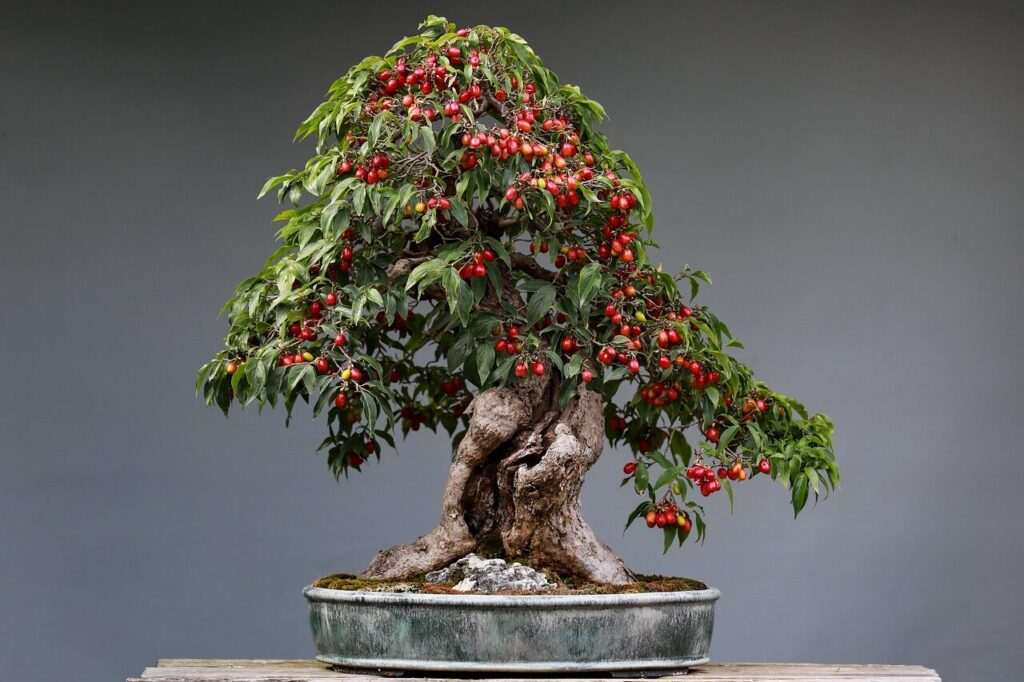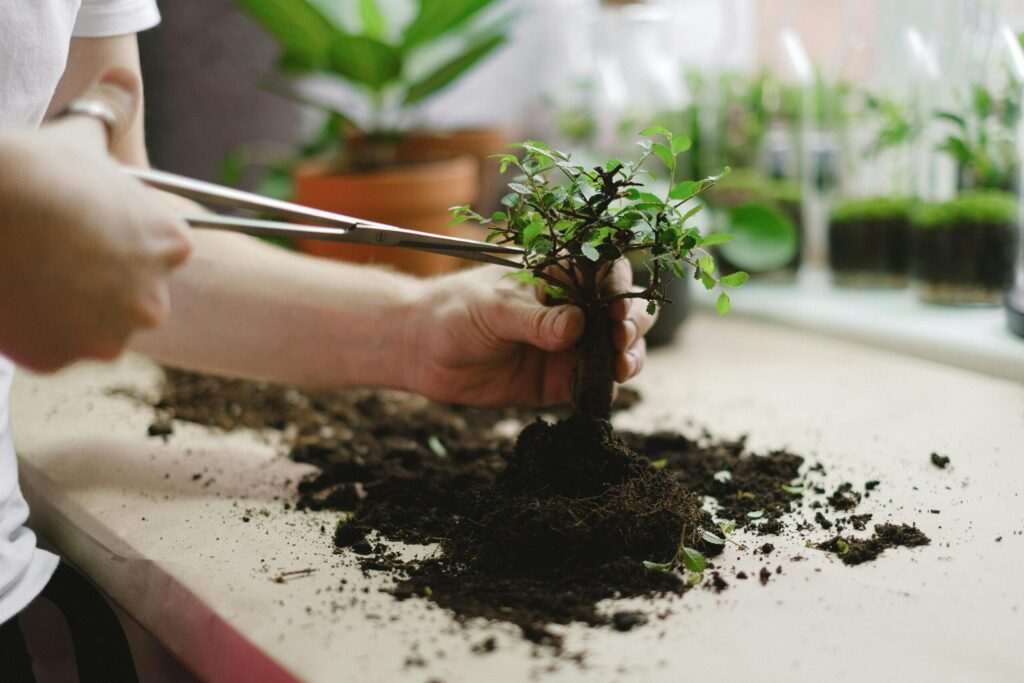How to Grow Ficus Retusa by Master Mori
So, you’ve taken the plunge into the wonderful world of bonsai, and now you’re the proud plant parent of a Ficus Retusa bonsai. Congratulations! This little tree, also known as the Banyan Fig or Ginseng Ficus, is one of the best bonsai trees for beginners. Why? Because it’s tough, forgiving, and grows like it’s had three cups of coffee. But before you get too comfortable, let’s go over how to keep your Ficus Retusa happy, healthy, and thriving for years to come.
Pros and Cons of Ficus Retusa as a Bonsai
Before we dive into the nitty-gritty of ficus care, let’s look at the pros and cons of this little beauty.
Pros:
- Hardy and forgiving – It can handle a bit of neglect (but don’t push your luck!).
- Fast grower – Which means you can experiment with pruning and shaping without waiting forever.
- Great for indoors – Unlike many other bonsai, Ficus Retusa thrives indoors if given enough light.
- Aerial roots! – With the right humidity, it can develop those cool-looking aerial roots, giving it a truly exotic look.
Cons:
- Loves humidity – If you live in a dry climate, you might need to mist it or use a humidity tray.
- Prone to pests – Spider mites, scale, and aphids love Ficus Retusa almost as much as you do.
- Not cold-hardy – Keep it indoors if temperatures drop below 10°C (50°F).
Watering Your Ficus Retusa Bonsai
If there’s one thing bonsai beginners struggle with, it’s watering. Too much water? Root rot. Too little? Crispy leaves. But don’t worry, you’ll get the hang of it!
Here’s the trick: stick your finger about an inch into the soil. If it feels dry, it’s time to water. If it’s still damp, hold off. Your Ficus Retusa likes to be kept slightly moist but never soggy.
Do:
- Use room-temperature water to avoid shocking the roots.
- Water thoroughly until it drains from the bottom (no half-hearted sprinkles!).
- Consider misting the leaves occasionally to boost humidity.
Don’t:
- Let it sit in standing water—root rot is no joke.
- Follow a strict watering schedule—check the soil instead.
Pruning Your Ficus Retusa Bonsai
Here’s where the magic happens! Pruning keeps your bonsai looking sharp and encourages new growth. The best time to prune is during the growing season (spring and summer), but light pruning can be done year-round.
Do:
- Use sharp, clean bonsai shears.
- Trim back long shoots to maintain shape.
- Encourage ramification (fine branching) by cutting back to two leaves per branch.
Don’t:
- Be afraid to prune! Ficus Retusa is a fast grower and bounces back quickly.
- Overdo it in one session—spread major pruning over a few weeks.
Repotting Your Ficus Retusa Bonsai
Repotting sounds scary, but trust me, it’s necessary for a healthy bonsai. Since Ficus Retusa is a vigorous grower, you’ll need to repot it every 2-3 years, usually in spring.
Do:
- Use a well-draining bonsai soil mix.
- Trim back about a third of the roots to prevent them from becoming pot-bound.
- Water thoroughly after repotting to help the tree settle.
Don’t:
- Repot in winter—your tree will be too stressed.
- Remove all the old soil; leave a bit to help with transition.
Wiring and Shaping Your Ficus Retusa Bonsai
Want to add some drama to your bonsai’s shape? Wiring is your friend! Ficus Retusa has flexible branches, making it a great candidate for styling.
Do:
- Use aluminum or copper bonsai wire.
- Wrap gently but firmly—think “supportive hug,” not “suffocating grip.”
- Remove the wire before it bites into the bark (check every few weeks).
Don’t:
- Wire overly thick branches—they’re harder to bend.
- Leave wire on too long—it can scar the tree permanently.
General Ficus Retusa Bonsai Care: Do’s and Don’ts
Do:
- Place your tree in bright, indirect light (or use a grow light if indoors).
- Rotate it every few weeks to encourage even growth.
- Fertilize every 2-4 weeks during the growing season with a balanced liquid bonsai fertilizer.
Don’t:
- Move it around too much—Ficus Retusa likes stability.
- Ignore yellowing leaves—they can signal overwatering, underwatering, or nutrient deficiencies.
- Expect perfection—bonsai is about patience and learning!
Final Thoughts
Caring for a Ficus Retusa bonsai isn’t just about keeping a tree alive—it’s about developing a relationship with it. With the right care, your ficus will reward you with stunning growth, vibrant leaves, and maybe even a few of those awesome aerial roots. So water wisely, prune with confidence, and most importantly—enjoy the journey. After all, bonsai is about the long game!
Happy growing!
How often should I water my Ficus Retusa bonsai?
Water when the top inch of soil feels dry. In warmer months, this may be every 1–2 days. Reduce frequency in cooler seasons but never let the soil completely dry out.
Can I keep my Ficus Retusa bonsai indoors?
Yes! Ficus Retusa is one of the best indoor bonsai trees. Place it near a bright window with filtered sunlight for best growth.
What type of soil does Ficus Retusa prefer?
Use a well-draining bonsai soil mix, ideally with akadama, pumice, and lava rock. This helps prevent root rot and supports healthy growth.
When is the best time to prune my Ficus Retusa?
Prune in spring or early summer to shape the tree. Light pruning can be done year-round, but avoid major cuts in winter.
How do I encourage aerial roots on my Ficus Retusa?
Keep humidity high and gently mist the trunk daily. You can also wrap sphagnum moss around the trunk and keep it moist to promote root development.
Explore More Bonsai Wisdom — All Articles
Take the next step on your bonsai journey. Below you’ll find every article we’ve published, thoughtfully grouped for easy discovery.



